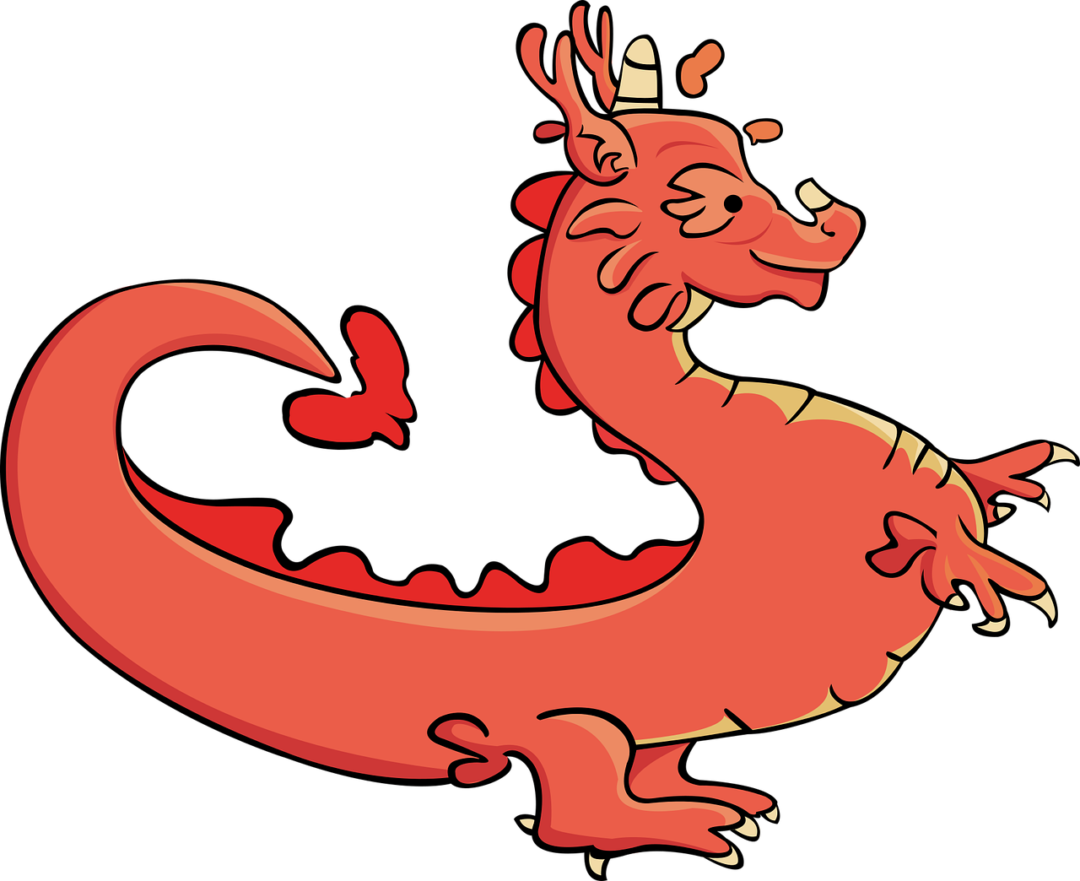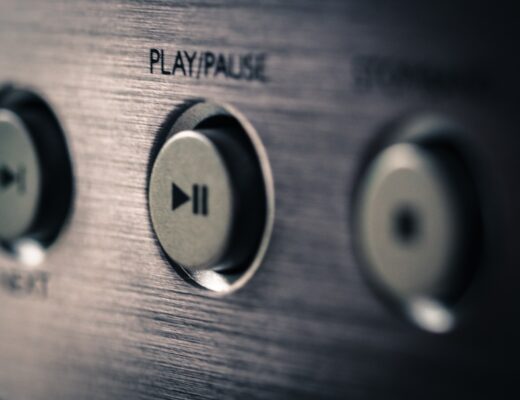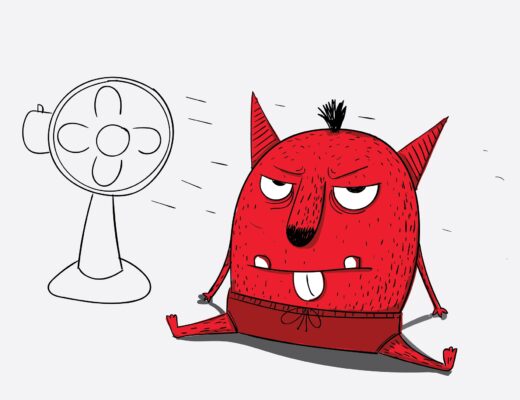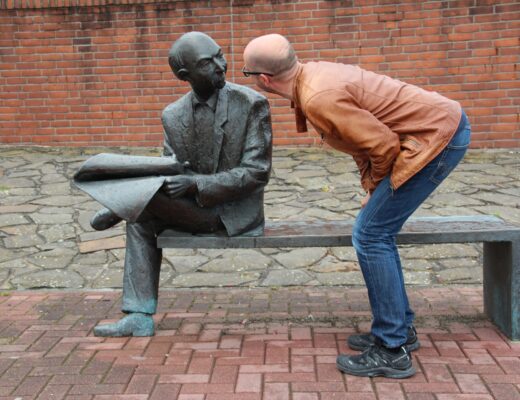Hey Fannibals and actors who are interested in character movement work. Let’s talk The Red Dragon.
Aka Francis Dolarhyde, aka The Tooth Fairy, aka in NBC’s Hannibal: the lovely Richard Armitage.
It probably goes without saying that there are spoilers ahead, for those who haven’t seen Hannibal, of course. If it’s still in your cue to watch, you gotta check it out!
Seriously, go watch it. It’ll change your life. Sure changed mine.
Good to go? Alright then, read on Macduff!
Firstly, a disclaimer:
This is my personal interpretation of a character movement signature by the lens of Labanotation. So, as I don’t know Richard Armitage personally (though I’d certainly be VERY open to it!) I, therefore, can’t confirm he used Labanotation in his creation of Francis.
What I can confirm is that he incorporated the Japanese art style of Butoh, but we’ll get there in a second.
So, briefly, let me clarify something. Labanotation is the dance notation work of Rudolf Laban, and as both actor and movement coach, it’s my jam.
There are other movement methods out there, but this is the one I primarily use. It’s the happy place my brain goes to first when analyzing movement.
There’s a scientific streak about it that helps categorize movement into the four basic categories: flow, weight, time, and space.
Take a peek at my post about Labanotation if ya want to get your feet wet a bit more before finishing this post… I’ll still be here when you get back.
You’re back?
Brilliant!
Armitage incorporates Butoh for The Red Dragon
Richard stated in an interview with the Hollywood Reporter back in 2015 that “I went to a Japanese art form called Butoh, which is a biological exploration of the body.”
So, what’s Butoh?
Butoh is an avant-garde Japanese dance form founded by Tatsumi Hijikata and Kazuo Ohno post-WWII. It is known for extreme, grotesque movements and often depicts taboo topics such as eroticism and death.
For me personally, it’s a perfect fit for The Red Dragon.
The movements are often incredibly slow and controlled, specifically going against all western depictions of beauty. Bodies shake with tension, performers shuffle or fall awkwardly and appear to be in constant discomfort or engaged in an internal struggle.
Check out his attic scenes from season 3, episode 8: The Great Red Dragon, and you can see how Richard incorporated Butoh. Or his first kill under the full moon in the same episode is another great moment.
There’s this uncomfortability in his own skin that’s at play here and it’s simply incredible to watch.
If you’re interested in a bit more of a deep dive into Richard’s portrayal and more on Butoh, check out my non-stage/pen name writing site where I’ve got a post that does just that.
Labanotation movement signature
To reiterate, I’ve no clue if Richard did any work with Labanotation. This is just how I would initially break down the movement signature of Francis from a Laban framework.
Let’s look at season 3 episode 8: The Red Dragon again.
So, from the very first moment we meet Francis, he’s riddled with tension. From the way he examines his hand, how he sits, everything about him feels bound. There’s a tightness that seems to be in play at all times, regardless of how slow or quickly he moves.
Moving along to literally the next scene when he’s stretching in his attic, his movements are sustained. He may be moving slowly, but a part of him is always in motion, and interestingly, the bound-ness of him seems to ease, as he’s more in a state of free. He’s allowing himself to be well, himself.
Later on, when he’s adding to his Hannibal scrapbook, he remains direct during the entire scene. He’s driven, focused. The blinders are on. This is, in many ways, his primary default mode. He’s on this unwavering path he’s set himself on.
Every movement he makes has a purpose.
These movements of pasting newspaper articles and grabbing the black marker to block out the words ‘Tooth Fairy’ are also sudden and heavy.
Also, I have to add as a fannibal fangirl because this moment is spliced just beautifully between Francis and Hannibal. As Hannibal begins writing a letter, even the way he reaches for his pencil, his movements are in complete contrast to Francis.
Hannibal has this free sustained lightness about the way he writes where Francis’ movements are direct, sudden, and heavy. Francis’ hand is bound too, at least more bound than free, in the way he grips the marker.
And there you have it! Just looking at a few initial scenes, we gather a clear movement signature of Francis that, like him, continues to evolve as he does.
Helpful to analyze others
As actors who want to incorporate character movement work into their craft, one of the best ways to learn (in addition to do the movement things yourself), is to analyze performances.
For Francis, his default Labanotation movement signature, the foundational building blocks, would be bound and direct. Then moving from sudden to sustained depending on the situation, he finds himself in with a dash of heavy here and there.
Simple, scientific, with room for exploration and evolution.
Watch your fav actor in one of your fav roles and take some time to study their movements. Can you come up with a movement signature for them? What would you do differently if you were playing this character?
How can studying their movements help your own craft?
Signing off my friends, till next time.




